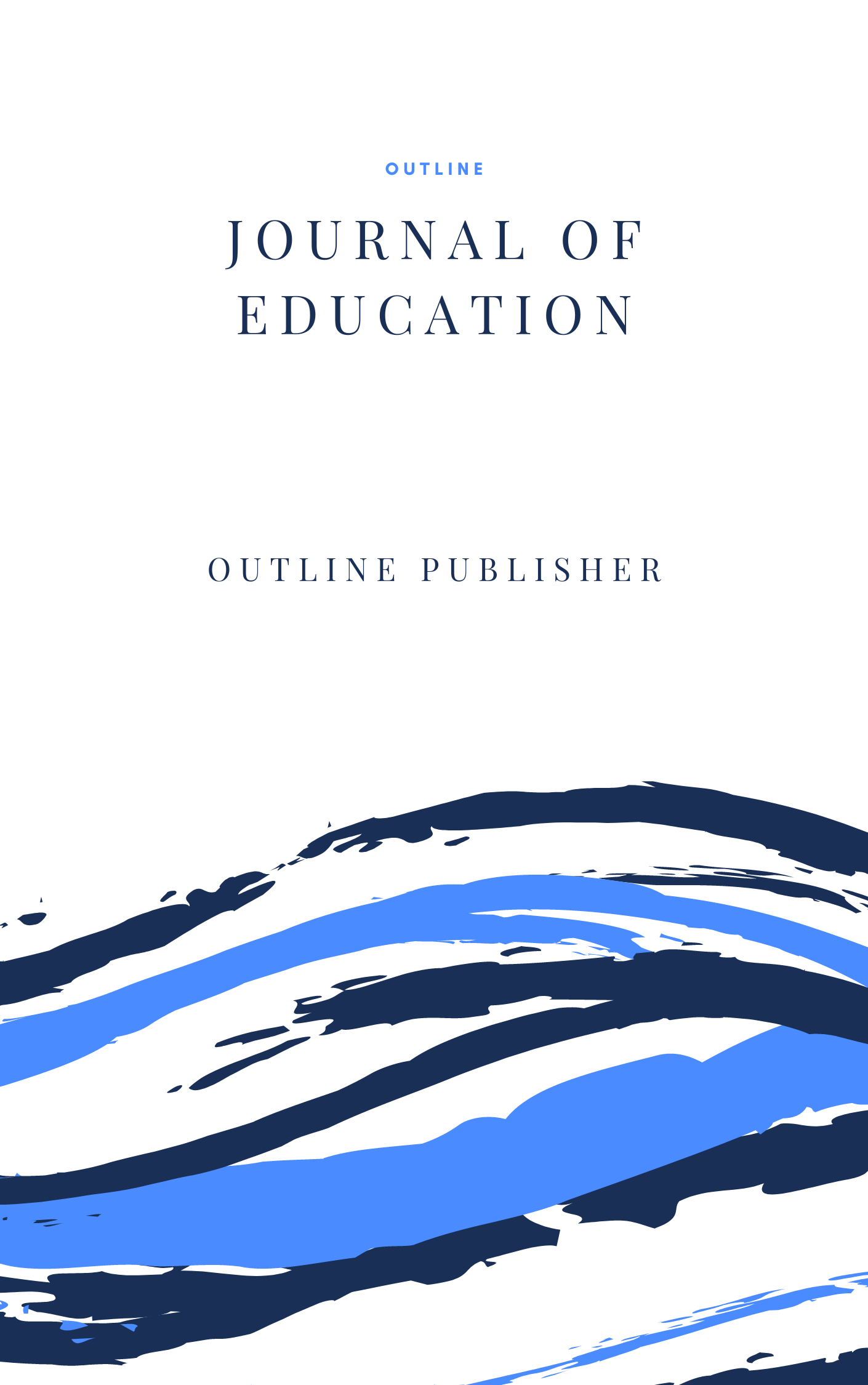Analysis Of The Use Of Standard And Non-Standard Language In Food Content On Youtube
DOI:
https://doi.org/10.61730/2t192374Keywords:
Bahasa Baku, Bahasa Non Baku, You Tube, Konten Kuliner, Komunikasi DigitalAbstract
This study analyzes the use of standard and non-standard language in culinary content on YouTube, focusing on their roles and functions in digital communication. The rapid development of digital technology has transformed communication patterns, with platforms like YouTube becoming primary spaces for interaction, especially in popular genres such as culinary content where creators often blend language styles. The hypothesis suggests that non-standard language is more dominant as it effectively builds audience engagement, while standard language ensures clarity and professionalism. A descriptive qualitative method with observation and note-taking was applied by analyzing a culinary video from Ria SW’s channel, specifically the episode titled “Medan Food Diaries: My Top 6 Picks”. Data was collected through meticulous transcription and analyzed using content analysis to classify language variations and their pragmatic functions. The findings reveal that non-standard language predominates in creating a casual and persuasive atmosphere, while standard language serves to deliver clear information. Standard language is strategically employed to convey factual details about food, such as ingredients or objective taste descriptions, to maintain credibility. In contrast, non-standard forms, including popular slang like “mantul” and other expressive phrases, are instrumental in fostering closeness and authenticity, making the content more relatable. The study concludes that both language varieties complement each other; standard language maintains the informative quality, while non-standard language enhances the entertainment value and viewer connection. These findings provide valuable implications for sociolinguistic studies and Indonesian language learning through digital media, demonstrating how language flexibly adapts to modern communication needs.
References
Choe, H., & Ahn, J. (2024). A frame analysis of food activities in everyday vlogs. Appetite, 176, Article 106467.
Cioban, S., & Hatos, A. (2019). The analysis of teenagers’ vlogging preferences in educational research. Revista Romaneasca pentru Educatie Multidimensionala, 11(2), 38–58.
Code switching and mixing on YouTube: Comparison of Indonesian YouTubers. (2025). ResearchGate Preprint/Conference Paper.
Code switching used in vlogs by Indonesian YouTubers. (2015). Eliterate Journal (Universitas Negeri Makassar), 2(1), 45–58.
Cooper, C. R., Smith, J., & Lee, H. (2023). The identification of YouTube videos that feature informal speech: A multi-dimensional analysis. Computers in Human Behavior Reports, 8, 100375.
Depitaria Br Barus, & Nasution, I. P. (2024). Analisis penggunaan bahasa baku pada konten video di TikTok. Jurnal Ilmu Kebahasaan.
Dubovi, I., & Bass, L. (2020). An empirical analysis of knowledge co-construction in YouTube comment threads. Computers & Education, 150, 103858.
Effendy, R., Wulandari, P. A., Setiyaningsih, L. A., & Mariani, A. (2021). Mengglobalkan makanan tradisional lewat media sosial YouTube sebagai budaya tandingan. Jurnal Nomosleca, 7(1), 148–159.
Elements, functions, and linguistic forms of the discourse in food vlogs. (2024). Jurnal Litera (Universitas Negeri Yogyakarta), 3(2), 55–74.
Eltink, E., Johnson, P., & Park, L. (2023). “What I eat in a day” vlogs before and during COVID-19: Portrayals of health and eating practices. International Journal of Communication Studies, 17, 1–18.
Febriyatko, A. (2023). Fenomena penggunaan bahasa Indonesia oleh penutur asing dalam konten video YouTube. Prosiding Semantiks.
Harahap, S. M. (2024). Analisis sentimen komentar YouTube terhadap food content. Jurnal Means, 3(1), 77–92.
Hasanah, Y. N. (2023). Karakteristik bahasa dalam konten vlog makanan di TikTok. Jurnal Deiksis.
Hayati, A. (2025). Analisis diksi promosi pada konten media sosial kuliner. Jurnal Linguistik dan Riset Media.
Hutapea, N. R. A. (2024). Code-switching and code-mixing found in a YouTube channel: The case of a popular Indonesian vlogger. Applied Linguistics Journal, 6(1), 23–38.
Hutchinson, W. (2023). Investigating the impact of food-tourism vloggers on audience attitudes and behaviours. Plymouth Business School Research Papers.
Hutchinson, W., & Smith, A. (2023). Food vlogging as persuasive entrepreneurship: Language and modality in culinary content. Journal of Tourism Media, 5(2), 45–62.
Language change on social media. (2025). Journal of Digital Linguistics, 1(1), 1–19.
Naibaho, B., Simanjuntak, H., & Hasibuan, R. (2021). Analisis kesalahan penulisan kata non-baku menjadi baku dalam pembelajaran. Prosiding Seminar Bahasa dan Sastra, 1, 87–96.
Pires, F., Masanet, M.-J., Tomasena, J. M., & Scolari, C. A. (2022). Learning with YouTube: Beyond formal and informal through new actors, strategies and affordances. Convergence, 28(3), 838–853.
Quintero-Rodríguez, I., Colás-Bravo, M. P., & López, M. (2024). YouTube and informal learning: An analysis of the platform’s pedagogical affordances. Comunicar, 79, 1–12.
Retnosari, I. E. (2023). Tuturan YouTuber dalam konten kuliner: Kajian sosiolinguistik. Jurnal Bahasa, Susastra, dan Pembelajarannya, 10(2).
Rizqa, N. P. A. (2023). Variasi bahasa pada content creator kuliner (food vlogger) Farida Nurhan dan implikasinya terhadap pembelajaran bahasa Indonesia di SMA. Jurnal Pendidikan Tambusai, 7(2).
Sibuea, P. (2024). Analisis penggunaan kata baku dan tidak baku dalam media sosial. Morfologi: Jurnal Ilmu Pendidikan, Bahasa, Sastra dan Budaya.
Suprihatin, Y. (2024). Code-switching in cooking show programs on YouTube: A case study of Indonesian influencers. Journal of Language and Literature, 12(2), 98–112.
The art and language of food vlogs: Speech acts and multimodality. (2023). International Journal of Multimodal Communication, 2(4), 210–233.
Unveiling the art of food vlogging: A multimodal discourse analysis of food review vlogs. (2023). Research in Media Studies.
Wentker, M. (2022). Code-switching and identity construction on YouTube. Languages, 7(3), 219.
Wulan, S. (2023). Analisis kesalahan pada spanduk makanan: Implikasi penggunaan bahasa baku di publik. Morfologi: Jurnal Bahasa dan Sastra, 4(1), 12–29.
Yanti, A., Ardhian, M. I., Sitorus, E., & Lubis, F. (2018). Analisis penggunaan kata baku dan tidak baku di kalangan mahasiswa. Jurnal Pendidikan Bahasa Indonesia, 6(3), 101–118.






















